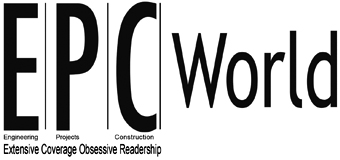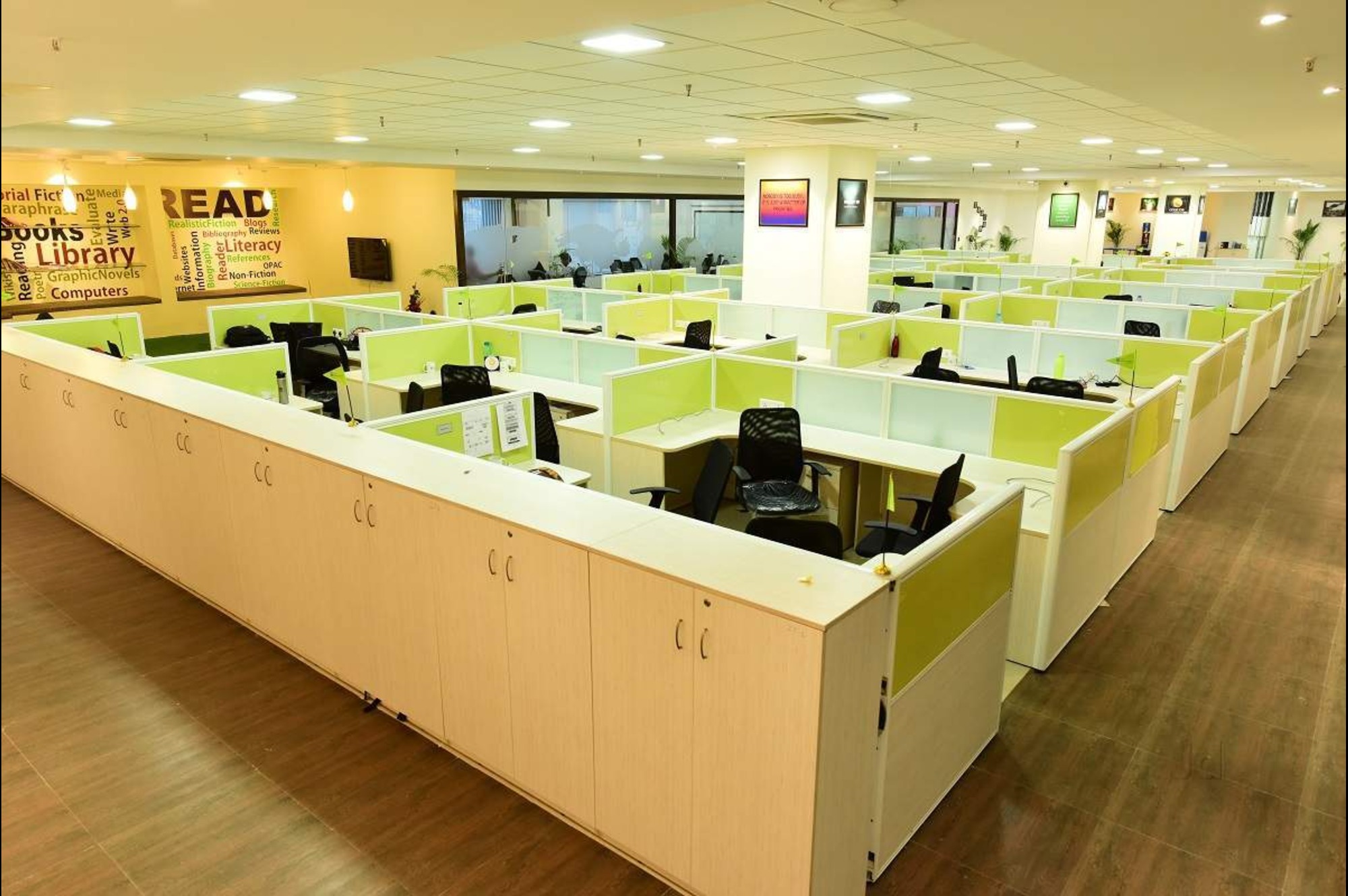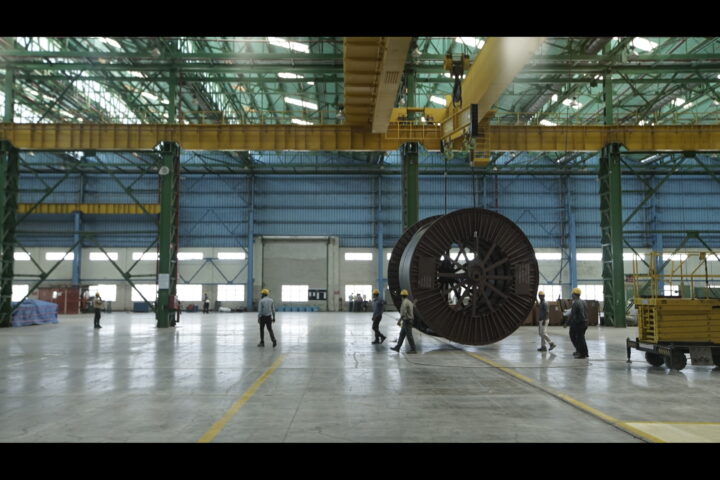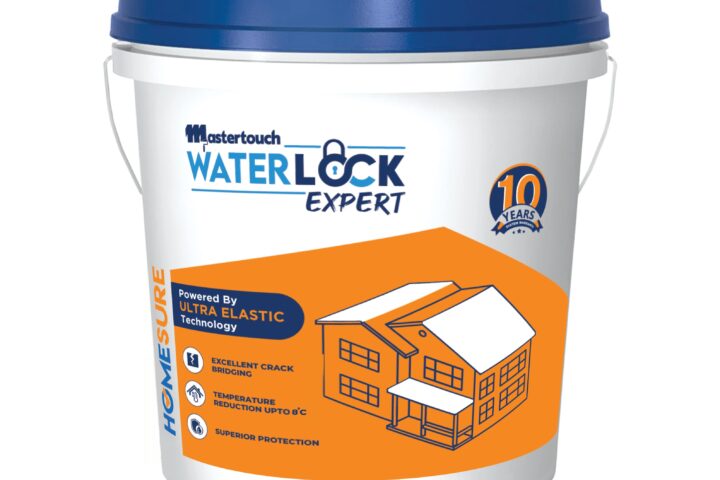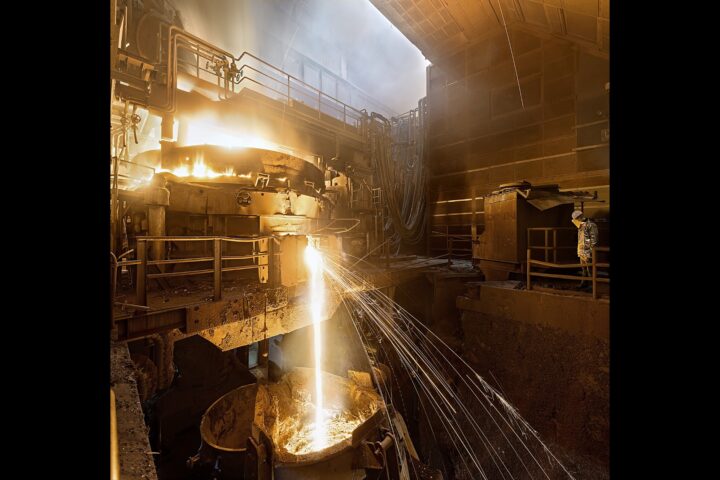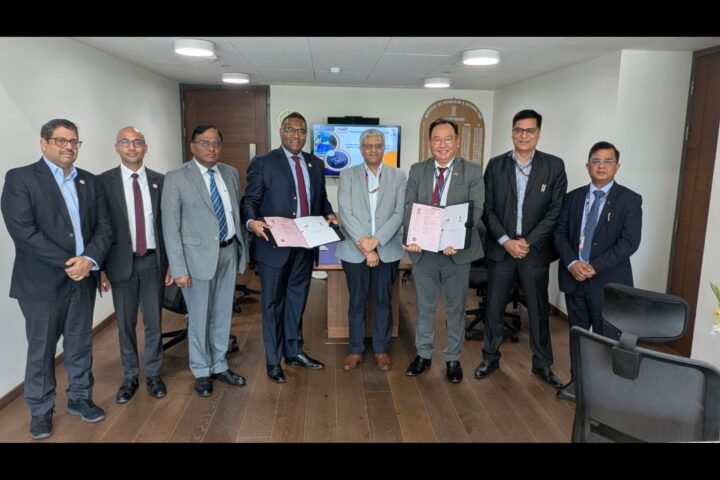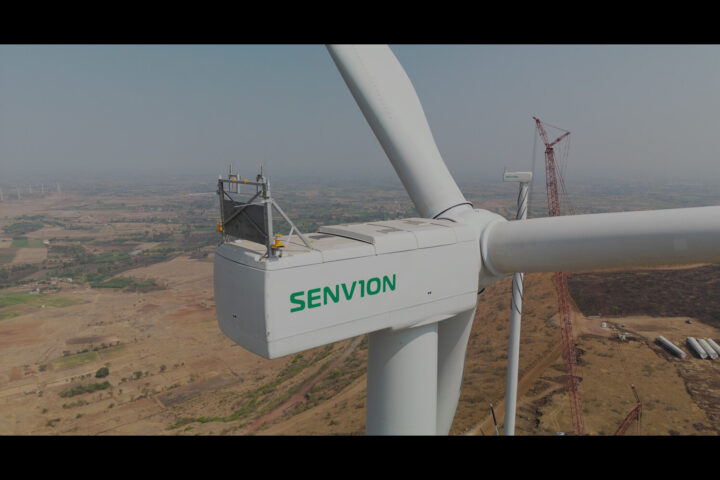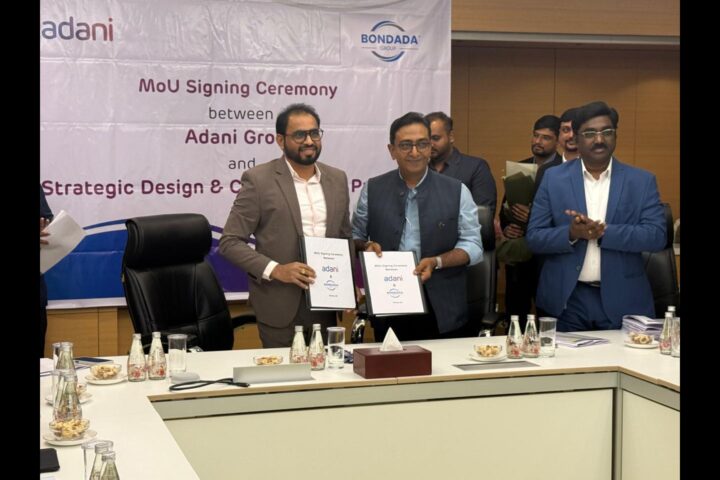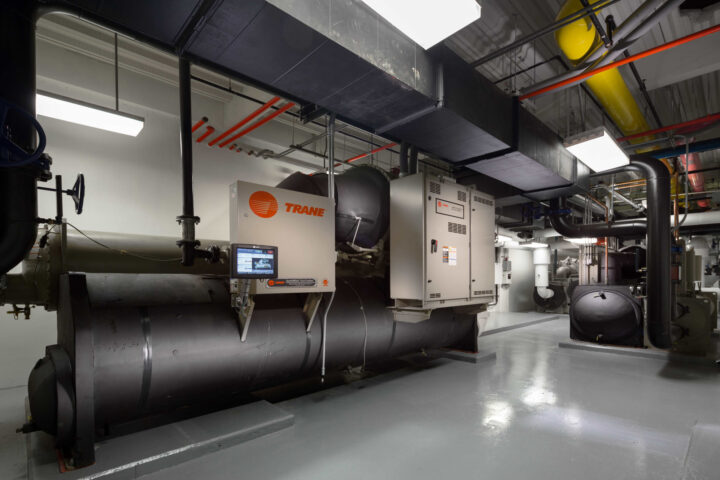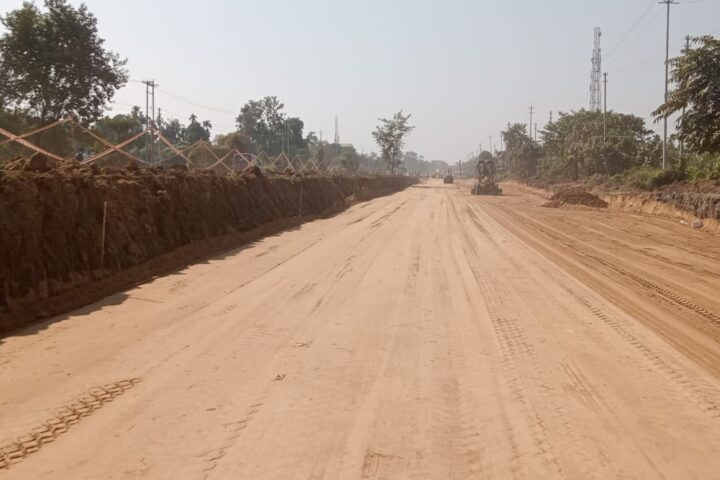by Kunal Sharma, Founder & CEO at Flipspaces
In today’s fast-moving corporate world, activities such as furnishing the office or undertaking comprehensive office renovations have to be completed on time, on budget, and done in a specific manner. Businesses are facing budget overruns and delays. Technology is the solution. By applying modern tools and integrating new technologies, companies are able to accomplish more accurate, faster, and more streamlined results. In turn, budget and schedule variances can be reduced greatly.
Streamlined planning and design
Ineffective planning is one of the major contributors to project delays and escalated costs. Oftentimes, the design processes and organizational planning result in a misalignment of the client’s requirements and the actual work performed. Fortunately, modern design techniques like 3D images, Virtual Reality, and Building Information Modeling (BIM) integrate modern design VR tools, allowing project participants to appreciate real depiction of the work long before actual construction commences. Such insight eliminates ambiguity, significantly averting turns, and harmonizes the project participants. Thus, it is both cost-effective and time-effective.
Real-time project monitoring
Not having real-time access into the progress of a project is a common reason that the budget and timeline deviate. Still, modern project management software mitigates this issue by allowing teams to track important milestones, budget, and resources. Unlike traditional software, modern cloud-based solutions update all party’s designers, contractors, and even clients – on schedule, materials, and expenses, ensuring everyone is informed. Modern software still faces challenges, but the improved access to information allows early detection and resolution of bottlenecks, ensuring that project progress is uninterrupted.
Automation of procurement and inventory management
Project delays and cost overruns can often be attributed to lags in procurement and shortages of materials. Orders, vendor management, and inventory forecasting are automated by procurement technology. This automation eliminates the need for sourcing materials and offers them at the correct time and prices, mitigating needless expenses. By avoiding guesswork on materials needed for the project, excess inventory is not created, further controlling costs.
Data-driven decision making
The execution of office projects has evolved with the inclusion of data analytics solutions. Firms are now able to assess potential risks and budget accurately by analyzing data from previous projects. Project managers are assisted by Predictive Analytics in forecasting timelines and expenditures. Because of this, more accurate schedules and financial plans can be developed. With this proactive approach, the chances of surprises are minimized, and remaining within expectations becomes simpler.
Enhanced collaboration across teams
Project work in the office requires the participation of many stakeholders: clients, architects, designers, contractors, and vendors. Due to miscommunication among them, rework, delays, and additional costs are often experienced. Now, people can communicate through cloud-based dashboards and mobile apps, ensuring that all concerned parties are updated on the project and that information is current. This decreases errors, speeds up acquisition, and enhances smooth coordination, all of which reduce deviation from timelines.
Improved quality control
Technology also enables better quality checks throughout the project lifecycle. With AI-powered inspection tools, IoT sensors, and automated reporting, any deviations from the original plan can be detected instantly. Early identification of quality issues prevents costly rework and ensures the project moves forward without avoidable setbacks.
Conclusion
Technology has become indispensable in reducing budget and timeline variances in office projects. From design to execution, digital tools bring transparency, precision, and speed, ensuring that organizations can complete projects on time and within budget. By embracing these innovations, businesses not only reduce risks but also create smarter, more efficient workspaces that are aligned with modern needs.

